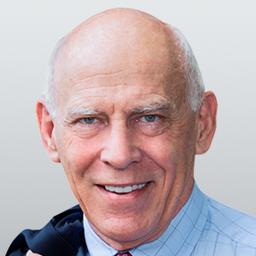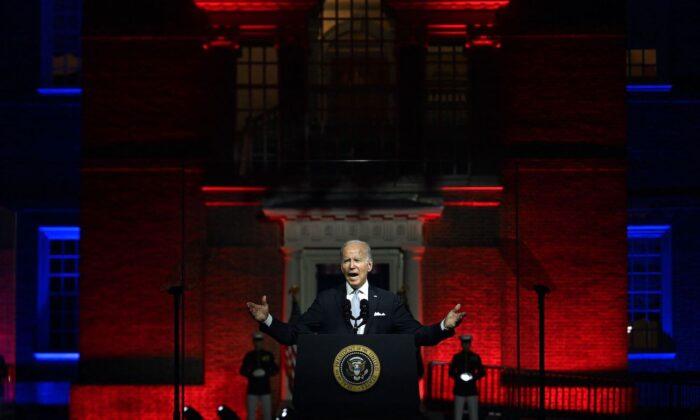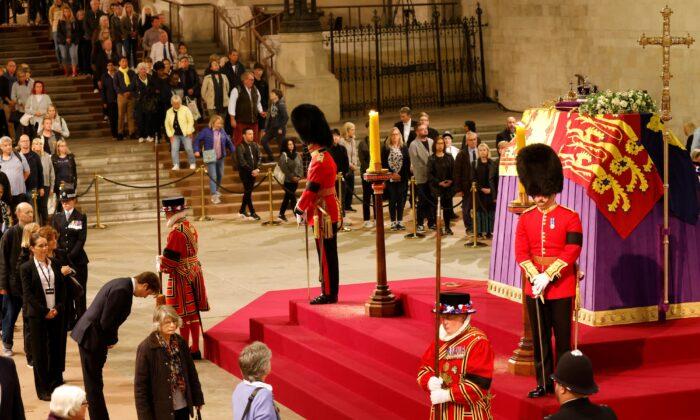Many would rather avoid a serious discussion of abortion. Some economic conservatives see the issue as a distraction from the serious business of winning elections and getting the economy back on track.
Social liberals see such a discussion as itself a threat to a settled right declared by the Supreme Court nearly 50 years ago and relied on by women and abortionists ever since, no matter how shaky the legal basis for the decision. Many find the whole subject too grisly and unpleasant to bring up, or too tied to the experiences or views of loved family members.
The Texas Heartbeat Act reminds us that abortion stops a human heart. It brings the abortion debate back to the heart of political life and moral concern, from which the court’s rulings supposedly had banished it.
While President Joe Biden calls the Texas Heartbeat Act “extreme,” the present abortion regime that Roe v. Wade imposed on all states in 1973 is one of the most extreme in the world.
The Texas law was crafted to evade the legal maneuvers that have stymied other states’ efforts to restrict or prohibit abortion after the prenatal child had a detectable heartbeat.
The Texas law’s unusual provisions—such as prohibiting state officials from enforcing it but allowing a private citizen to bring a civil action in state court against anyone who performs or knowingly aids or abets a post-heartbeat abortion—were crafted to bypass the legal maneuvers that had stopped similar heartbeat measures in other states.
The Supreme Court’s decision in this case was deliberately limited in scope. It doesn’t address the substance of the Texas law or preclude other challenges to it. The court is already scheduled to hear a challenge (Dobbs v. Jackson Women’s Health Organization) to the Mississippi law that bans most abortions after the 15th week of pregnancy when the prenatal child can feel pain.
Until now, the pro-abortion forces have stifled debate on the nature and morality of abortion itself. Planned Parenthood and its supporters insist that the issue of abortion has been settled as a result of prior Supreme Court decisions (Roe and Doe in 1973, and Casey in 1992). It has covered the subject with euphemisms about the nature of abortion (terms like “women’s reproductive health”), an increasingly extreme embrace, even celebration, of the fatal procedure, and with misinformation about the science of embryology and the history of abortion law prior to Roe (the myth of tens of thousands of mothers’ deaths due to back-alley, coat-hanger abortions).
The Texas Heartbeat Act
Proponents of unrestricted abortion, like others who have sought to exclude the vulnerable—such as slaves, the old and infirm, those with disabilities—from basic human rights, use language that treats a whole class of individuals as less than fully human. They deny the scientific and moral reality that our individual human lives begin at conception.The Texas Heartbeat Act insists in its very name that children in the womb are no less human than the rest of us. Ultrasound enables us to see that. Seeing the beating heart of our child and its recognizably human form, we understand that abortion involves not simply the removal of human tissue or the “products of conception” but the killing of another human being.
We all began life as a new, genetically distinct organism, whether we believe it or not. We are the same individual who, absent premature death by disease, accident, or being killed, develops through life first in and then outside the womb, as an infant, child, adolescent, and adult, in that order.
Time for a Real Debate
Roe didn’t express any kind of national consensus, growing or actual, about abortion. Laws restricting abortion were getting more, not less restrictive, as we learned more about human development at the embryo stage of life.The liberal, pro-choice legal scholar Laurence Tribe said, “One of the most curious things about Roe is that, behind its own verbal smokescreen, the substantive judgment on which it rests is nowhere to be found.”
The taking of innocent human life in any circumstances is a grave matter, much as we may wish to turn away from it, prettify the act, and dehumanize the victims with euphemisms and pseudoscience. The slaughter of innocents in their millions since Roe and its obfuscation by courts, abortion activists, and media corrupts our whole moral and political life. It’s time to talk about it. Come, let us reason together.





